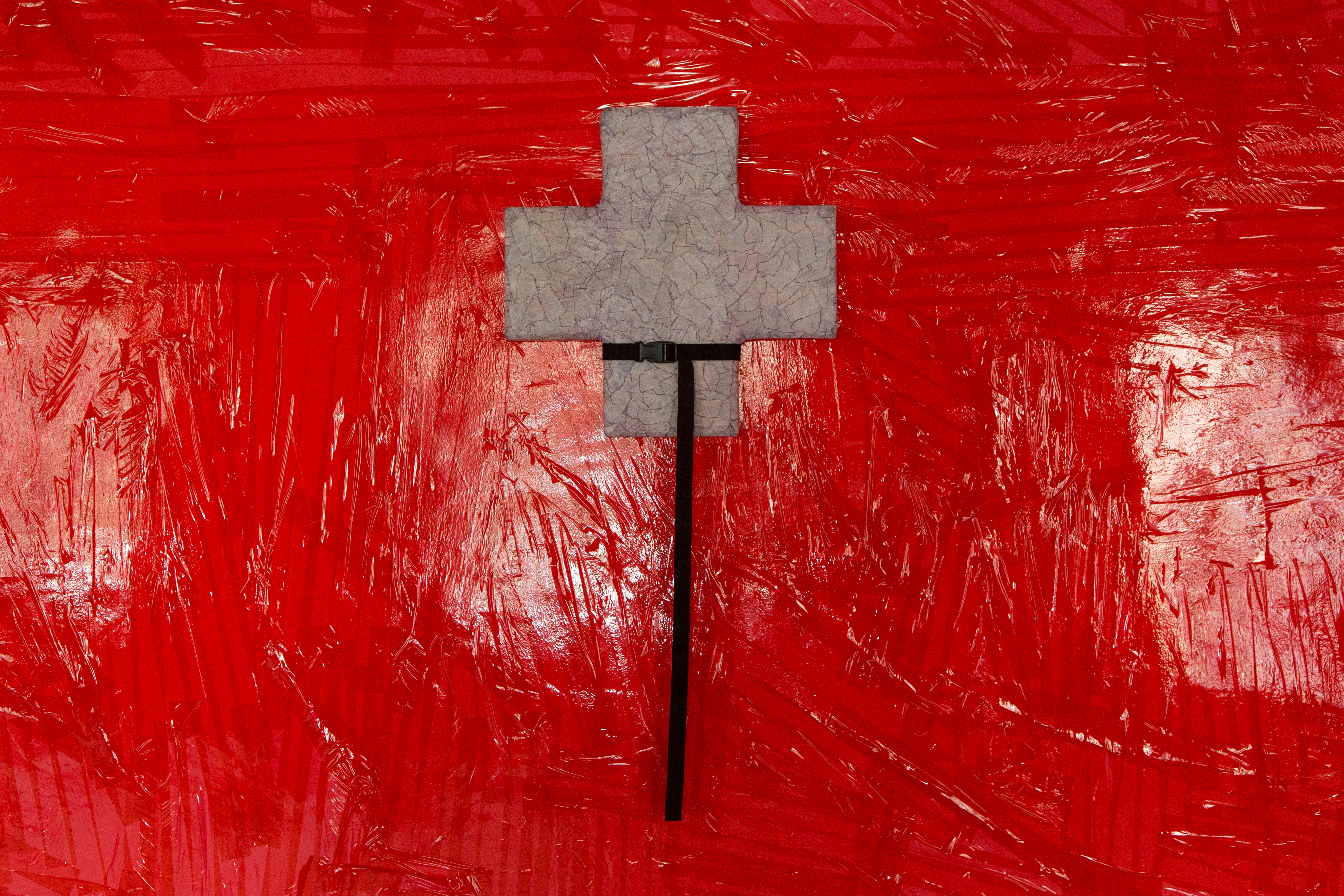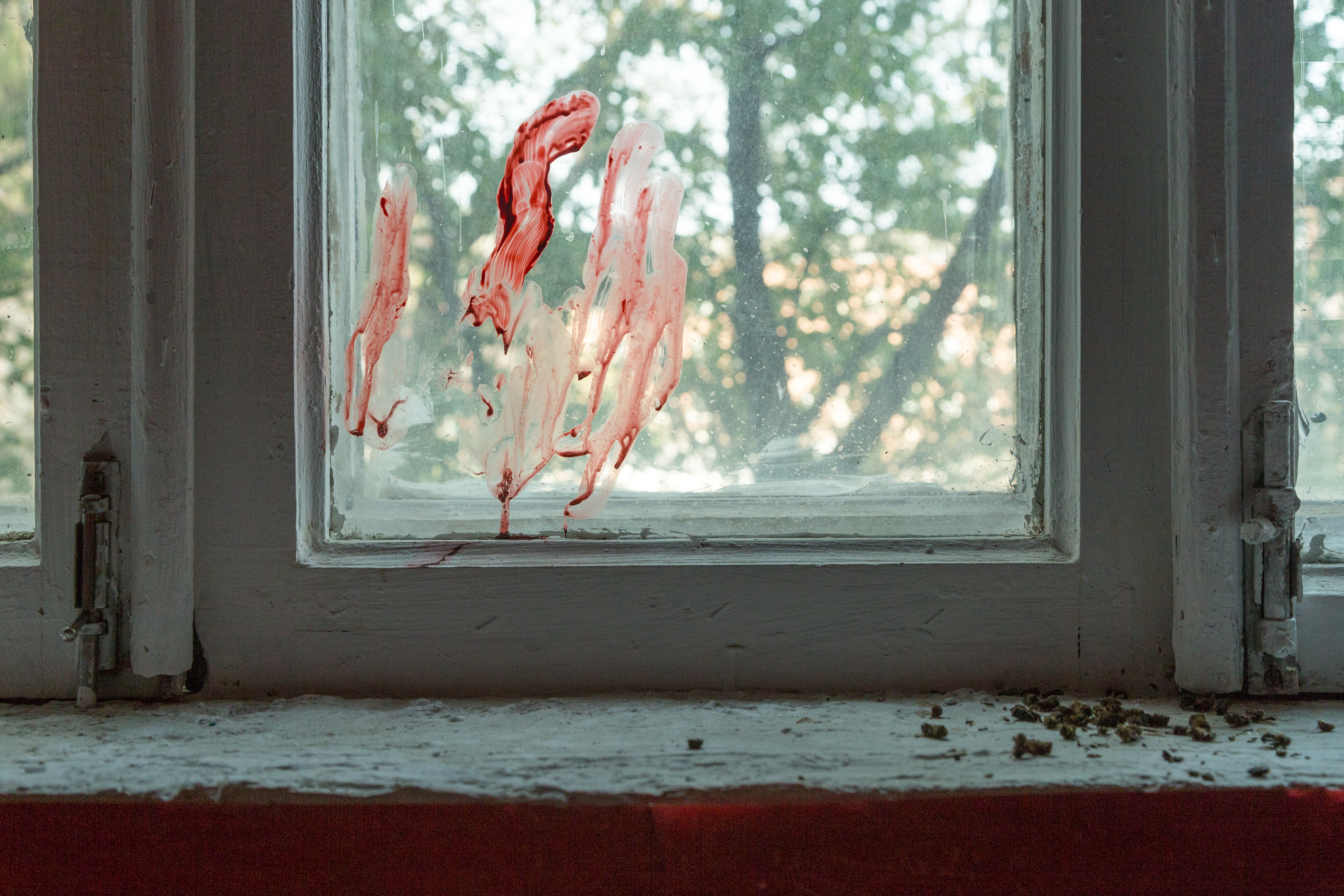A few words on the new technology of art


Art is increasingly migrating to the Internet. Artists still make physical objects and gallery owners open real exhibitions, but ultimately more and more people in the industry think not only about the physical aspect of their work, but also about its photo documentation. Now it really matters how successfully images will be disseminated online. This approach is often criticised: art perceived through the Internet is akin to ads and silly YouTube videos; it cannot be thoughtful and deep, as it requires instant reading; such art is like a sweet doughnut, attracting the gazes of ‘willing machines’, and so on and so forth. For us as representatives of the community engaged in production and distribution of art online, it becomes necessary to answer the question of how fair such criticisms are.
The answer may and most likely will turn out to be of considerable length. It may also involve dozens of theoretical and critical texts, panels and interviews. However, it is important to state the following: a well-established analytical and critical approach stops working if the base technology of art has changed. And indeed, the radical change in the art industry is not that difficult to see.
Art always implies the presence of an artist and a viewer. However, this bundle also needs a third actor — a gallery owner or a museum worker, who verifies an artist as such and ensures viewer’s access to the art. The third link in the chain possesses a certain type of truth of what is and what is not art. Art, caught by this truth and thanks to it being identified as such (and becoming art per se) stops and freezes: now a viewer can see it in certain institutionally defined places and read corresponding commentary on how this art should be perceived and what meanings it broadcasts.
In turn, art that is produced primarily in order to be consumed on the Internet, ceases to depend on verification through adherence to any kind of institutional truth. Now an artist (perhaps declaring himself or herself an artist completely arbitrarily — no one actually cares) makes a project and uploads it online: to aggregator websites, to their Instagram or blog. The Internet becomes here the verifying authority, but the Internet is just a technology, and as such it cannot possess aforementioned truth just by default. When a viewer gets wired in, it results in a peer-to-peer tech, where all participants have equal standing: a blog showing art and owned by an artist; an artist who makes art and runs a blog; finally, a viewer who may tomorrow declare himself or herself an artist (or make a blog) and connect to the network in a new status.
Thus, the skeleton key of art verification that used to be solely in hands of a solid institution is replaced by the mobile, mutated truth of peer-to-peer communication technology. Art begins to function in a new mode, and this automatically requires new ways of talking about it. We will long to understand why this brand new kind of art chooses for itself one or another formal solution, one or another artistic language and one or another topic for reflection. But one simple observation precedes all this: owing to the Internet art ceased to be what it used to be and apparently became something completely unaccustomed for all of us.
__________
Photo Credits:
Vitaly Bezpalov, Death (not something to be worried about in real life) II, 2019 scotch tape, coca cola, acrylic paint, varnish, foam board, strap.
Vitaly Bezpalov, Or, 2019 hand. Prints on glass, coca cola, acrylic paint, dimensions vary
Text by:
Natalya Serkova is a philosopher and art theorist, currently based in Moscow, Russia. She is a co-founder of TZVETNIK, a project exploring and promoting contemporary art from around the world. She is a contributor to Moscow Art Magazine, e-flux journal, RevistaArta, isthisit?, OFluxo and others.

